Choosing the Perfect Mailbox Numbers: A Comprehensive Guide
Picking out the right mailbox numbers can feel like a bigger deal than it sounds. It's not just about slapping some digits on there, you know? It's about making sure people can actually find your place, whether it's the mail carrier, a delivery driver, or even, heaven forbid, an ambulance. Plus, let's be honest, they can really change the whole look of your mailbox and your house. So, we're going to break down what you need to think about, from the size of the numbers to what they're made of, and even how they fit with your mailbox style.
Key Takeaways
- When picking out mailbox numbers, think about how big they need to be so they're easy to read from the street.
- Vinyl is a popular choice for mailbox numbers because it holds up well outside and comes in lots of colors.
- The style of your mailbox, whether it's mounted on a post or on the wall, might influence the kind of numbers you choose.
- Make sure your mailbox numbers are durable enough to handle rain, sun, and whatever else the weather throws at them.
- Knowing where you're buying from, like a big store or a specialty shop, can make a difference in price and selection for your mailbox numbers.
Understanding Mailbox Number Decals
Choosing the right numbers for your mailbox is more than just picking something that looks nice. It's about making sure people can find your house, whether it's a friend dropping by or someone who needs to get there fast. These decals are basically stickers, but they're made to stick around through sun, rain, and whatever else the weather throws at them. They can really change how your mailbox looks, making it a bit more put-together and easier to spot from the street.
Measuring and Sizing Your Mailbox
Before you even think about designs, grab a tape measure. You need to know how much space you actually have to work with on your mailbox. A decal that's too big will look messy and might not stick right, while one that's too small will be hard to see. Measure the flat parts of your mailbox where you plan to put the numbers. It's a good idea to leave a little bit of space around the edges so it doesn't look crammed. This simple step makes a big difference in how the final look turns out.
Material Options for Mailbox Decals
What your decal is made of really matters for how long it lasts. You'll mostly see vinyl, and for good reason. It's flexible, easy to put on, and can handle being outside.
Here's a quick look at some common choices:
- Standard Vinyl: This is your basic option. It's easy to work with and usually lasts a few years.
- Reflective Vinyl: If you want your numbers to be seen easily at night, this is the way to go. It bounces light back, making them stand out.
- Marine-Grade Vinyl: This stuff is built tough. It's waterproof and resists fading from the sun, so it'll stick around for a good long while.
The USPS suggests that your house numbers should be at least one inch tall and placed where they're easy to see from the road. Always check if your neighborhood has any specific rules about how numbers should look or where they should go.
Benefits of Using Vinyl Mailbox Number Decals
So, why vinyl numbers specifically? Well, they're pretty great for a few reasons. They're not super expensive, especially when you think about how long they can last. Plus, they're way easier to put on yourself than painting or trying to attach metal numbers. You can find them in tons of different styles, fonts, and colors, so you can really match them to your house. And honestly, clear, good-looking numbers just make your place look more finished and welcoming. It’s a small change that makes a noticeable difference.
Choosing the Right Mailbox Style

Picking out a mailbox isn't just about where the mail goes; it's about how it looks on your property and how it fits your lifestyle. There are a few main types to consider, and each has its own vibe and practical uses. Think about your home's architecture, how much mail you get, and what kind of look you're going for. It's a small detail, but it really can make a difference to your home's overall appearance.
Selecting Post Mount Mailboxes
Post mount mailboxes are probably what most people picture when they think of a mailbox. They stand on their own, usually with a single post driven into the ground or set in concrete. These are super common in suburban and even rural areas. They offer a lot of flexibility in terms of design – you can find everything from basic, no-frills models to really fancy ones with decorative posts. The height and placement of a post mount mailbox are important for the mail carrier, so make sure it's easily accessible.
Here are some things to think about with post mount mailboxes:
- Style Compatibility: Does the mailbox and post design match your house? Think about colors, materials, and overall shape.
- Durability: How well will it hold up to the weather in your area? Some materials are better than others for resisting rust, fading, or cracking.
- Size: Will it hold all your mail, including any small packages or junk mail you get in a week?
- Installation: Are you comfortable digging a hole and setting a post, or will you need help?
Considering Wall Mount Mailboxes
Wall mount mailboxes are a great choice if you live in a more urban setting, have a smaller home, or just prefer a cleaner, more minimalist look. These attach directly to the side of your house, a fence, or a porch column. They often have a sleeker, more modern feel. Because they're mounted on a vertical surface, they tend to take up less visual space. They're also a good option if you don't have a yard or a good spot for a post.
When looking at wall mount options, consider:
- Mounting Surface: Make sure you have a sturdy surface to attach it to. Brick, wood siding, or a solid fence post usually work well.
- Weather Protection: Since it's exposed on the side of your house, ensure it's designed to keep rain and snow out.
- Security: Some wall mount models come with locks, which can be a good idea if you're concerned about mail theft.
- Aesthetics: These can really add a touch of style, so pick one that complements your home's exterior.
Exploring Modern Mailbox Designs
Modern mailbox designs are all about clean lines, simple shapes, and often, durable materials like stainless steel or powder-coated aluminum. They're perfect for homes with contemporary or minimalist architecture. You can find modern designs in both post mount and wall mount styles. Sometimes, these designs incorporate features like built-in newspaper holders or sleek, integrated house numbers. The goal is often a look that's both functional and a stylish statement piece for your home's exterior.
| Feature | Description |
|---|---|
| Materials | Stainless steel, powder-coated aluminum, sometimes composite materials. |
| Aesthetics | Minimalist, geometric shapes, clean lines, often neutral or bold colors. |
| Functionality | May include locking mechanisms, separate compartments for mail and packages. |
| Installation | Available as post mount or wall mount, depending on your needs. |
Mailbox Materials and Durability
When you're picking out a mailbox, it's not just about how it looks. The stuff it's made of really matters for how long it'll last and how much you'll have to fuss over it. Think of it like buying a car – you want something that can handle the weather and keep looking good without costing a fortune in repairs.
The Benefits of Cast Aluminum Mailboxes
Cast aluminum is a pretty popular choice, and for good reason. It's known for being able to hold intricate designs, which means you can get some really fancy-looking mailboxes. Plus, they don't need a ton of upkeep. They're also surprisingly light, which can cut down on shipping costs and make them easier to install. If you want a mailbox that looks good, lasts a long time, and doesn't require constant attention, cast aluminum is definitely worth a look.
Durable Metal Mailbox Options
Beyond aluminum, there are other metal choices that hold up well. Steel mailboxes, for instance, are really strong and can be a good option if security is a big concern. However, you'll want to make sure they have a good coating to prevent rust, especially if you live somewhere with a lot of rain or snow. Galvanized steel is a common choice that offers decent protection. Stainless steel is another excellent, albeit pricier, option that's highly resistant to corrosion and looks pretty sleek.
Choosing Materials for Longevity
So, what makes a mailbox last? It's a mix of the base material and how it's treated. For instance, a plastic mailbox might seem like a simple choice, but some are made with UV-resistant additives that stop them from getting brittle and cracking in the sun. Wood mailboxes can look great, giving a natural feel, but they need regular sealing and painting to keep rot and insects at bay. Even masonry mailboxes, like those made from brick or stone, need to be built well to avoid water damage over time.
Here's a quick rundown of common materials and what to expect:
- Plastic: Generally weather-resistant and low-maintenance. Look for UV protection to prevent fading and cracking.
- Wood: Offers a natural, customizable look but requires regular sealing and painting.
- Steel: Strong and secure, but needs a good rust-resistant coating like galvanization.
- Aluminum: Lightweight, rust-proof, and can be molded into detailed designs.
- Cast Iron: Very heavy and durable, but can be prone to rust if not properly coated.
When you're picking out your mailbox, think about the climate you live in. If you get a lot of sun, UV resistance is key. If it's wet, you'll want something that won't rust or rot easily. It's better to spend a little more upfront on a material that will last than to have to replace it in a few years.
Navigating Mailbox Purchases
Buying a new mailbox can feel like a bigger deal than it needs to be. You want something that looks good, works well, and lasts. But where do you even start? It's not just about picking the first one you see. You've got options, and knowing them can save you headaches later.
Big Box Stores vs. Specialized Retailers
When you need a mailbox, your first thought might be to hit up the big home improvement store or a general retailer. They have aisles of stuff, right? And sure, you can find a basic mailbox there. But here's the thing: their selection is often pretty limited. You might get a few standard designs, but don't expect a lot of unique styles or high-end materials. Plus, the staff might not know much beyond what's on the box.
On the other hand, specialized mailbox retailers, whether online or a local shop, usually have a much wider variety. They often carry brands you won't find elsewhere and can offer more durable, stylish options. The people working there usually know their stuff, too. They can answer questions about materials, installation, and even USPS rules. It's often worth the extra effort to find a place that really focuses on mailboxes.
What Your Mailbox Supplier Should Tell You
A good mailbox supplier isn't just there to take your money. They should be able to guide you. Here are some things they really ought to be telling you:
- Material Pros and Cons: Are you looking at aluminum, steel, plastic, or wood? Each has its own strengths and weaknesses when it comes to weather resistance, durability, and maintenance.
- Size and Capacity: Does the mailbox fit the amount of mail you typically receive? For larger households or those who get a lot of packages, a bigger mailbox might be necessary.
- Installation Requirements: Some mailboxes are simple to mount, while others might need a specific type of post or even professional installation. They should be able to tell you what's involved.
- Warranty Information: What happens if your mailbox rusts, breaks, or has a defect? A reputable supplier will be clear about any warranties.
Saving Money on Outdoor Commercial Mailboxes
If you're buying mailboxes for a business, apartment complex, or any kind of multi-unit dwelling, you're probably looking at commercial-grade options. These can get pricey, but there are ways to keep costs down:
- Buy in Bulk: If you need multiple units, ask about bulk discounts. Many suppliers offer better pricing when you buy five or more.
- Consider Package Deals: Sometimes, suppliers offer a package that includes the mailbox, post, and any necessary hardware. This can sometimes be cheaper than buying everything separately.
- Look for Sales and Promotions: Keep an eye out for seasonal sales or special offers, especially around holidays or the start of new construction seasons.
- Compare Shipping Costs: Don't forget to factor in shipping. A lower upfront price might not be a deal if the shipping costs are sky-high. Get quotes from a few different suppliers.
When you're shopping for mailboxes, especially for commercial use, don't just go for the cheapest option. Think about how long it needs to last and what kind of maintenance it will require. Sometimes spending a little more upfront saves you a lot in the long run on repairs or replacements.
Mailbox Installation and Compliance
Getting your mailbox set up right is more than just sticking it in the ground. You've got to think about what the postal service wants and what makes sense for your house. It might seem like a small thing, but a properly installed mailbox makes sure your mail gets to you without any fuss. Plus, it can actually make your place look better from the street.
Understanding USPS Mailbox Regulations
The United States Postal Service (USPS) has some rules about mailboxes, and it's a good idea to know them. They want to make sure mail carriers can easily and safely deliver your mail. Following these guidelines helps prevent mail delivery issues and keeps your mailbox functional.
Here are the main things to keep in mind:
- Height: The mailbox door or slot needs to be between 41 and 45 inches off the ground. This height is pretty standard for most mail carriers.
- Placement: Your mailbox should be about 6 to 8 inches back from the edge of the curb. If you don't have a curb, it's best to check with your local post office for their specific recommendations.
- Clearance: Make sure there's nothing blocking the path to your mailbox. Mail carriers need a clear shot to drop off your mail.
- Approval: While not always obvious, look for mailboxes that are USPS-approved. This usually means they meet certain standards for durability and design.
It's worth noting that these regulations are in place for a reason. They help ensure efficiency and safety for postal workers, and ultimately, for you to receive your mail reliably. Taking a few minutes to understand them can save you a lot of hassle down the road.
Steps for Mailbox Post Installation
If you're putting up a new mailbox on a post, here’s a basic rundown of how to get it done:
- Pick Your Post: Choose a sturdy post material. Treated wood, metal, or even some heavy-duty plastics work well and can last a long time.
- Dig the Hole: You'll want to dig a hole that's about 18 to 24 inches deep. The width should be around 6 to 8 inches. This depth helps keep the post stable, especially in windy areas.
- Set the Post: Place the post in the hole. You can use concrete to set it firmly in place, making sure it's straight and at the correct height before the concrete hardens.
- Attach the Mailbox: Once the post is secure, attach your mailbox to it according to the manufacturer's instructions.
Professional vs. DIY Mailbox Installation
So, should you tackle mailbox installation yourself or hire someone? It really depends on your comfort level and the complexity of the job.
- DIY Installation: This is a good option if you're handy and the installation is straightforward. You'll save money on labor costs. Just be sure to read all instructions and follow USPS guidelines carefully. It's a great way to get a feel for home improvement projects.
- Professional Installation: If you're not confident with tools, or if your installation involves tricky ground conditions (like rocky soil or existing concrete), hiring a pro might be the way to go. They have the right equipment and know-how to get it done correctly and quickly. Plus, they can often handle any unexpected issues that pop up. It's a bit more expensive, but it gives you peace of mind that it's done right and meets all the rules.
Enhancing Your Mailbox's Appearance

Your mailbox is more than just a place for letters; it's a small but significant part of your home's overall look. Making it look good can really boost your home's curb appeal. It's like the first handshake your house gives to visitors. A little effort here can go a long way in making your place feel more welcoming and put-together.
Mailbox Landscaping Ideas
Think about what's around your mailbox. Adding some simple landscaping can make a big difference. You don't need to be a master gardener to do this. Even a small flower bed or some carefully chosen plants can transform a plain mailbox area into something special. Consider plants that match your home's style or the local climate. For instance, ornamental grasses can add texture and movement, while low-growing shrubs can provide a neat border. The goal is to create a cohesive look that complements your house.
Here are a few ideas to get you started:
- Simple Flower Bed: Plant colorful annuals or perennials around the base of your mailbox post. Choose flowers that bloom at different times of the year for continuous color.
- Ornamental Grasses: These add a natural, textured look and can be quite low maintenance. Varieties like fountain grass or blue grama grass work well in many areas.
- Shrub Border: Low-maintenance shrubs can create a clean, defined edge around your mailbox area, adding a touch of green year-round.
- Stone or Gravel Accents: Incorporating decorative stones or gravel can add visual interest and help suppress weeds.
Landscaping around your mailbox doesn't have to be complicated. Focus on a few key elements that are easy to care for and visually appealing. It's about adding a personal touch that makes your home stand out.
Accessorizing Your Mailbox Post
Beyond plants, there are other ways to dress up your mailbox. Think about adding a decorative post sleeve or a unique mailbox topper. Some people like to add a small solar light to illuminate the numbers at night, which is both practical and pretty. You can also find custom address plaques or decorative brackets that attach to the post. These small additions can really personalize your mailbox and make it a focal point.
Choosing Antique Residential Mailboxes
If you're going for a more classic or vintage look, an antique-style mailbox might be just the thing. These often have a timeless appeal and can add a lot of character to your home's exterior. They come in various designs, from ornate cast iron to simpler, old-fashioned metal boxes. When choosing one, consider its material and how well it will hold up to the weather. A well-chosen antique mailbox can be a real statement piece, giving your home a unique and sophisticated feel. You can find a great selection of these at places that specialize in mailbox hardware.
Mailbox Security and Maintenance
Your mailbox might seem like a simple fixture, but keeping it secure and in good shape is actually pretty important. It's not just about getting your mail; it's about protecting your personal information too. Plus, a well-maintained mailbox just looks better, right?
Tips to Prevent Mailbox Break-ins
Mail theft is a real headache, and nobody wants their sensitive documents or packages swiped. Here are a few things you can do to make your mailbox less of a target:
- Location, Location, Location: If possible, place your mailbox in a visible spot. A mailbox tucked away in a dark corner is an invitation for trouble. Think about good lighting around it, too.
- Consider a Locking Mailbox: For maximum security, especially if you get a lot of important mail or live in an area with a higher risk of theft, a mailbox with a lock is a smart move. This way, only you (or someone with the key) can access the contents.
- Don't Leave Mail Piled Up: If you're going to be away for a while, ask a neighbor to collect your mail or put a hold on your mail delivery with the USPS. An overflowing mailbox is a clear sign that no one's home and makes it an easy target.
- Secure Your Mailbox Post: Make sure the post itself is sturdy and well-anchored. A mailbox that's easy to knock over or pull out of the ground is also easier for thieves to tamper with.
Securing Your Mailbox with Locks and Keys
When it comes to keeping your mail safe, a good lock is your best friend. Many mailboxes come with built-in locks, but you can also add them to existing ones. If you're buying a new mailbox, look for one that feels solid and has a reliable locking mechanism. For cluster mailboxes or community mailboxes, the individual compartments usually have their own locks.
It's a good idea to know how your lock works and to keep a spare key somewhere safe, just in case. Some people even attach a small, discreet key holder to their porch or a nearby fixture, but make sure it's not too obvious.
Lost Your Mailbox Key? Here's What To Do
Okay, so you've gone and lost your mailbox key. It happens! Don't panic. The first thing to do is check all the usual spots – pockets, bags, that junk drawer you never look in. If it's truly gone, you'll need to figure out how to get a new one.
- Check for a Spare: Did you get a spare key when you installed the mailbox? If so, great! If not, you might need to contact the manufacturer or the place where you bought the mailbox. They might be able to provide a replacement key based on the mailbox model.
- Contact a Locksmith: For some types of mailboxes, especially older or more specialized ones, a local locksmith might be able to help. They can sometimes pick the lock or even re-key it for you.
- Consider a Replacement Lock or Mailbox: If getting a new key is too difficult or expensive, it might be time to replace the lock itself. In some cases, if the mailbox is old or damaged anyway, you might just need to buy a whole new mailbox. It's a bit of an expense, but at least you'll get your mail access back and a fresh start on security.
Keeping your mailbox secure isn't just about preventing theft; it's about peace of mind. Knowing your mail is protected means you don't have to worry about identity theft or missing important documents. Regular checks and simple security measures go a long way in maintaining both the mailbox and your privacy.
Keeping your mailbox safe and in good shape is important. Simple steps can prevent problems and keep your mail secure. Want to learn more about making your mailbox last? Visit our website for tips and tricks!
Wrapping It Up
So, picking out numbers for your mailbox might seem like a small detail, but it really does make a difference. We've gone over how important it is for people to find your place easily, especially those delivery folks or maybe even friends coming over. Plus, the right numbers can totally change how your whole mailbox setup looks, giving your home a bit more personality. Whether you're going for something classic and simple or a bit more modern and flashy, there's a style out there that fits. Don't forget to think about how long they'll last and if they'll stand up to the weather. In the end, it's about finding something that works for you and makes your house feel just right.
Frequently Asked Questions
What are the best materials for mailbox numbers?
For mailbox numbers that look good and last a long time, vinyl is a great choice. It's tough and can handle different kinds of weather. Some vinyl is even reflective, which helps people see your house number at night. Other options include metal or plastic, but vinyl is often the easiest to put on and looks sharp.
How do I pick the right size for my mailbox numbers?
It's important to measure the space on your mailbox where the numbers will go. You want them to be big enough to see from the street but not so big that they look crowded. Think about how far away people will be when they need to read your address, like delivery drivers or visitors.
Should I get numbers or a name for my mailbox?
Most of the time, just the house number is enough for mail delivery and visitors. However, some people like to add their last name for a more personal touch. Check with your local post office if you're unsure about specific rules for your area.
Can I put numbers on any type of mailbox?
Yes, you can usually put numbers on most types of mailboxes, whether they are mounted on a post, attached to the wall, or part of a community cluster. Just make sure the surface is clean and smooth enough for the numbers to stick well.
How do I make sure my mailbox numbers are visible at night?
To make sure your mailbox numbers are easy to see when it's dark, consider using reflective vinyl numbers. These numbers bounce back light from headlights, making them stand out. You can also add a small, low-voltage light near your mailbox if local rules allow.
What if my mailbox numbers start to peel off?
If your mailbox numbers start to peel, it might be because the surface wasn't clean when they were applied, or the weather has taken its toll. You can try to re-stick them with a strong, outdoor-safe adhesive. If they're too old or damaged, it's probably time to get new ones.


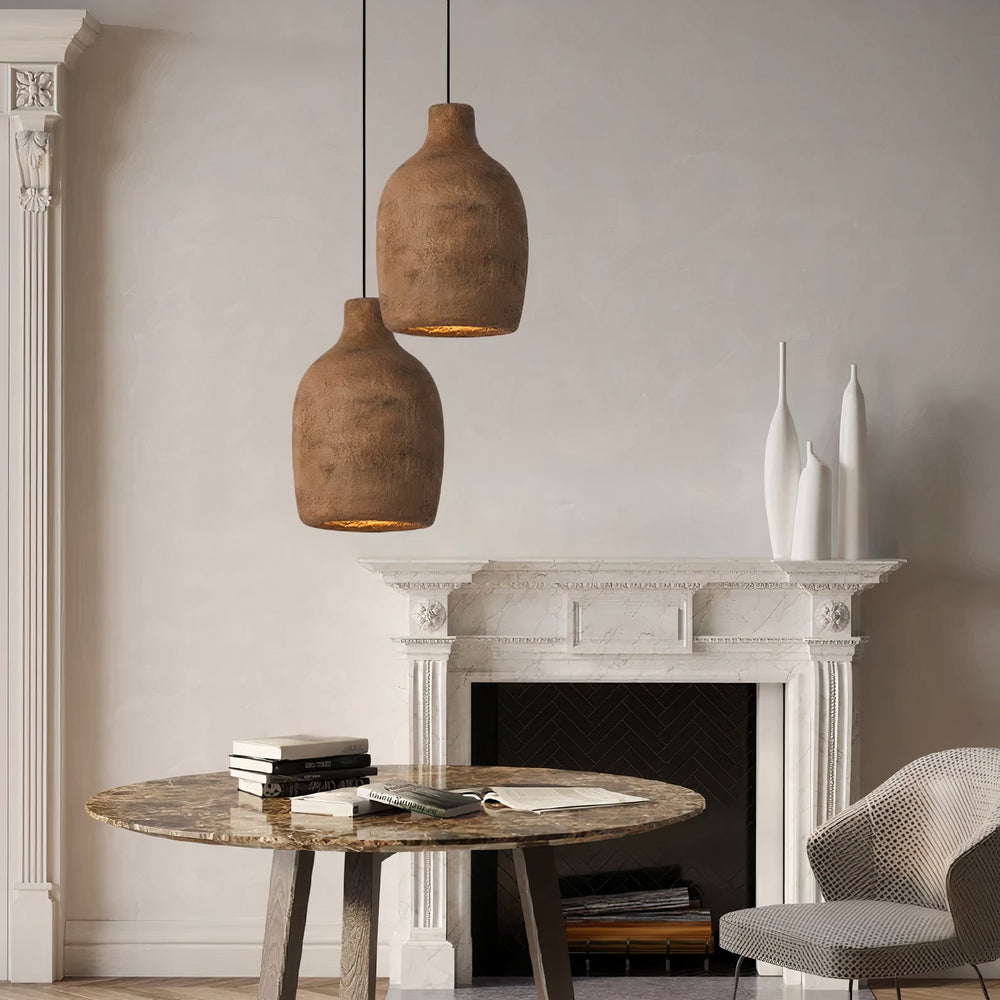
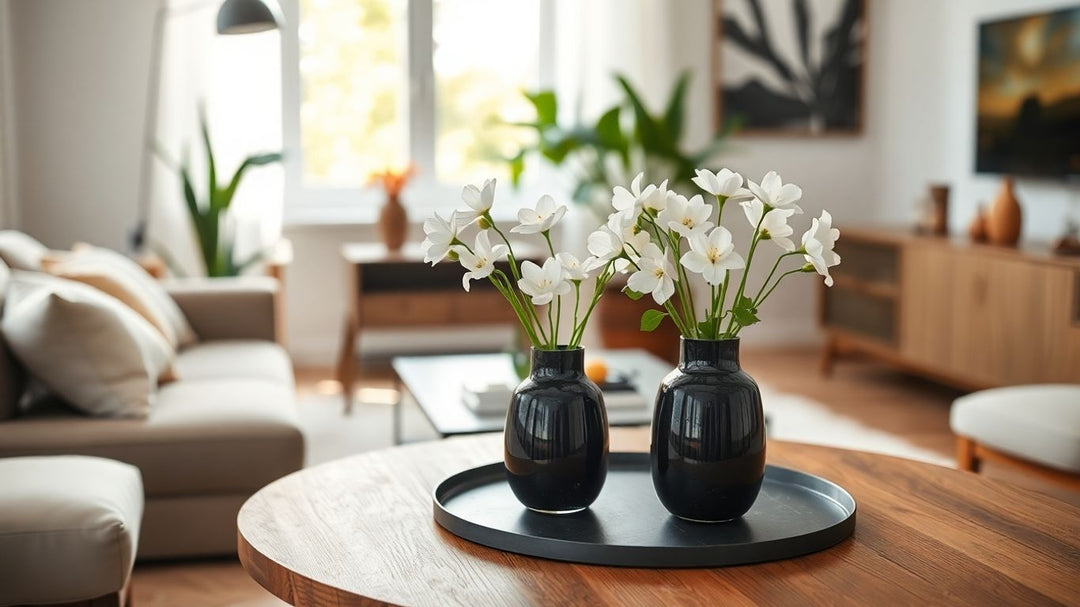
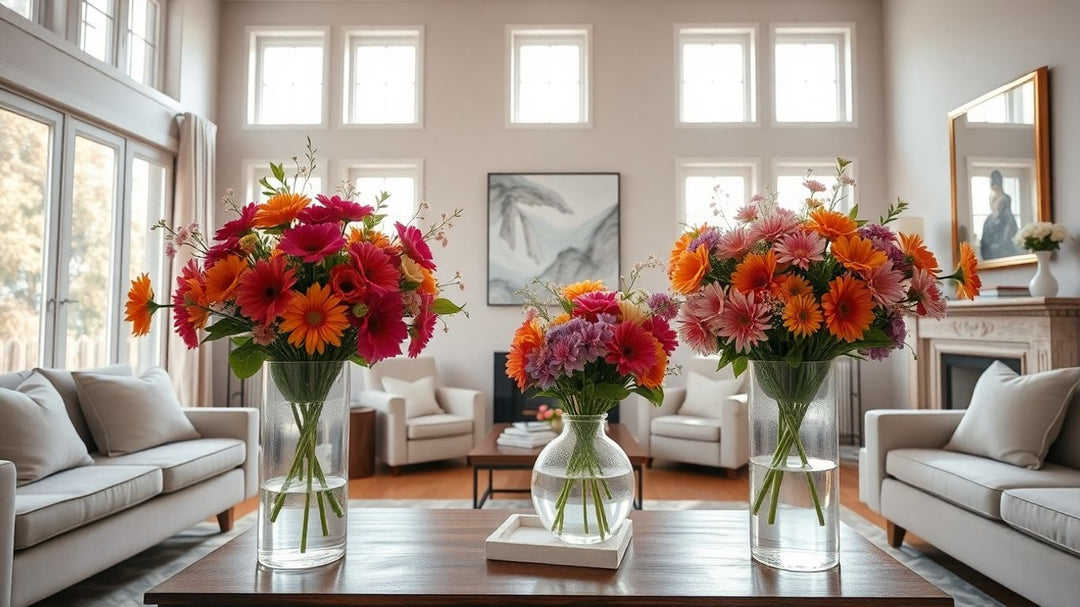
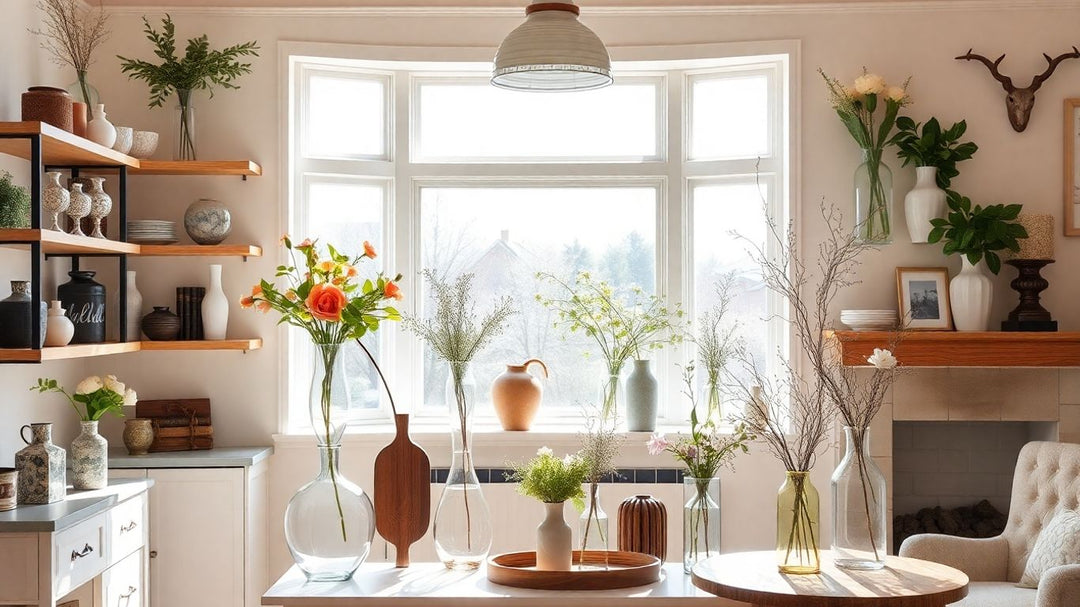
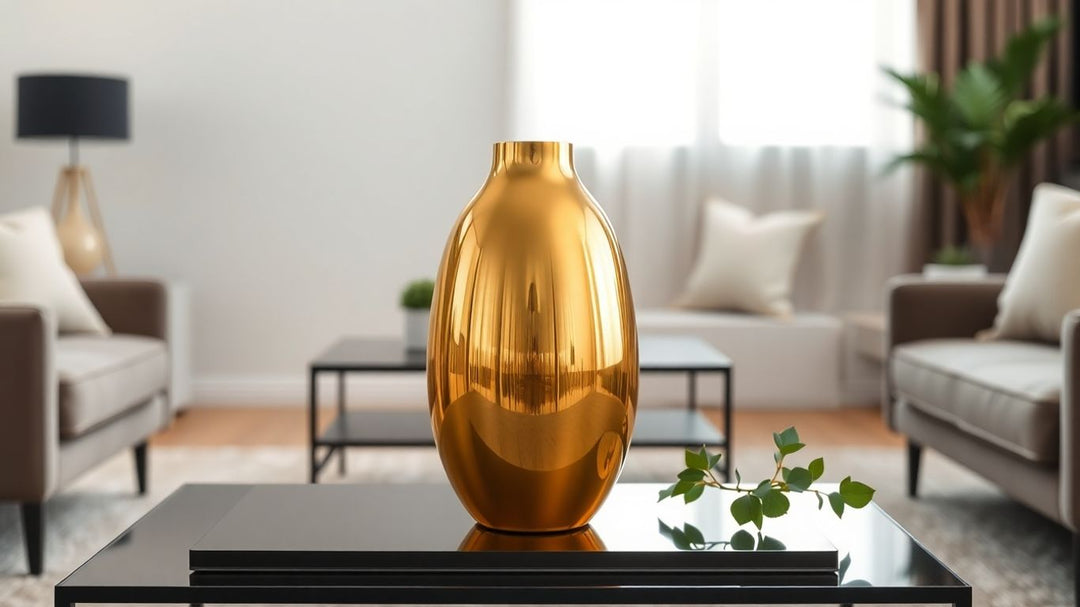

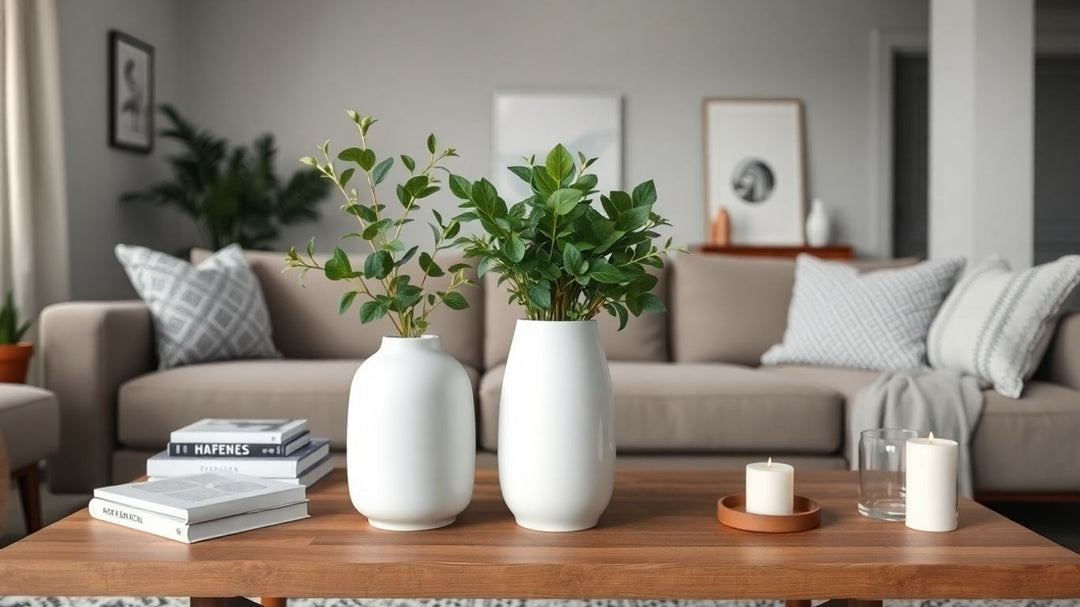
Leave a comment